Our Child Development Expert, Sam Wass, explains how technology is reshaping EY practice.
A psychologist called Harry Harlow once ran a famous (and controversial) series of experiments in the 1950s and 1960s in which he separated baby monkeys from their caregivers and provided different types of ‘fake caregiver’ as a replacement – such as a wire monkey with a feeding tube attached, or a cloth monkey that provided tactile comfort for the babies but nothing else. He found that by far the most important thing for the babies’ long-term brain development and learning was that they had access to warmth and tactile comfort. Lots more research has since supported this, suggesting that warm, comforting human-to-human touch is super important in stimulating brain development during the early years.
Another, more recent series of studies, which I’ve written about in more detail here, is increasingly suggesting that natural elements – such as trees, and plants, and maybe even touching objects such as toys – can have a calming effect on reducing stress in young children.
These are two good reasons why the nursery of the future is never going to be one in which all of the childcare is done by robots, and children do all of their learning from screens. Human-on-human contact is always going to be a vital driver of early child development, and in future I see natural textures such as wooden toys becoming more common in early years settings, not less.
At the same time, though, there is no doubt that Educational Technology (EdTech) has a crucial role to play in reshaping early childhood education – and that its importance is only going to grow in future. There are two reasons in particular that make me say this:
The two vital roles that technology can play in early learning:

There are two things that technology is great for. Research done in my lab, and in many other child development labs around the world, suggests that one of the key things that drives early learning is what we call ‘contingency’, or child-led learning.
Child-led Learning
This is when the child does something, and gets a response. The days when we thought that learning was about the teacher telling you stuff and the child memorising what they were told are long gone. Nowadays, we know that the most effective way for a child to learn is for them to ask questions, and then we tell them the answer. Or, to encourage them to guess at the answer to a question, and then tell them whether the answer was right or not. One study showed, for example, that if you wait for a toddler to point at things, and then label the objects as they are pointing, they remember the word labels for objects better than if you just tell them the labels without waiting for them to point first. And we showed in my lab recently that the best word learning happens in babies when caregivers notice where their baby is looking, and only present word labels when the baby is looking at that object.
This idea, of tracking what the child is doing and giving them feedback on what they’re doing, is something that technology is great for. Any teacher, working with a group of children all at once, will struggle to give them one-on-one feedback, all of the time. Whereas EdTech is great at this. It’s perfect for tracking individual children’s responses – for example, by asking children to guess the answer to a question – and then giving them individual live, in-the-moment feedback on whether or not they got it right.
The other strength of technology-based learning is that it’s very good at tracking where each individual child is in terms of their learning, and presenting learning tasks for the child that are in their ‘sweet spot’ of difficulty - not too difficult, and not too hard’ - where everybody does their best learning. (This is what Vygotsky called their ‘zone of proximal development’.) Again, this is something that a single human educator can struggle to do when they’re teaching multiple children at once, when everyone is at a different level. And we know that children learn at very different rates – and that one child might need multiple repetitions of a particular thing before they’re ready to move on, whereas another child might move on more quickly. EdTech is very good at tracking where each individual child is in their learning progress, and monitoring when each child is ready to move on to something more difficult.
This is why the worldwide market for EdTech is predicted to expand from its current value of $142 billion to $348 billion by 2030, with systems based on Artificial Intelligence (AI) playing an ever- increasing role. And, as technology gets better and better, it gets easier and easier for the youngest users to use it too. The days when you had to be able to write code yourself to be able to interface with a computer are long gone. Nowadays, you don’t have to be able to operate a keyboard. Touch-screen devices have revolutionised the accessibility of young users to technology. And AI-based packages such as Alexa are as easy to interface with as saying ‘goo goo ga ga!’ Although there’s still a way to go, the options that are currently available for early years EdTech are only going to get better over time.
Below, I’ve listed three ways in particular in which technologies can help very early learning during pre-school years.

Language and reading
Like all forms of learning, children are very sensitive to cause and effect – when they make a particular noise, and something happens in response. That’s why there are so many stories of children as young as 18 months learning to operate an Alexa – because every time you say something, you get a particular response. Over the past few years, there have been lots of new apps developed to take advantage of this. Language apps such as Duolingo and Rosetta Stone are particularly good at monitoring children’s language production as they go, giving the type of reliable word by word feedback that any human teacher would struggle to give, and at tailoring learning to different individual learning speeds. Duolingo has launched Duolingo ABC, which is dedicated at phonics teaching, and there are countless other early reading apps available, such as Amira and Read Along.
Apps such as Mondly also offer augmented reality (AR) features – similar to the research on contingency I described earlier, where the best learning happens when children look at something, and the adult gives them the word label in response. AR lets a child point the app at an object, and then the app provides the word for that object - in multiple languages, if you want.
Language apps can often be particularly useful for children with delayed or atypical speech, who might need much more individualised repetition and feedback than a typical learner would. Although neurodivergent children can benefit just from using mainstream apps, but much more intensively than a neurotypical child would – doing hundreds or thousands of repetitions of a particular task, where a neurotypical child might do ten. But there are also a number of dedicated apps out there as well targeted at neurodivergent children. Speech sounds visualised gives children visual feedback on their speech sounds, which is known to help in the case of speech delays. Apple Saylists provides playlists of songs which repeat particular sounds, targeted at delayed word learners. Stamurai provides individualised training for children who stutter. And, for those children with more severe impairments, who need assisted communication (where you use the technology instead of your voice to communicate) there are a wide variety of assisted communication apps available.

Emotional toys
Another area that is predicted to grow rapidly over the next few years is the market for emotional toys – intelligent dolls that can train children at turn-taking and communication. At the moment, these vary a lot in complexity – from the super-simple Japanese Tamagotchi toys that were popular in the 90s through to more recent toys such as the Moxie, a robot friend that ‘gets to know’ your child and uses ChatGPT to talk to your child in real time. There are many cheaper and simpler versions, too, such as Eilik, Gilobaby, and Purrble, a cuddly toy specifically targeted at anxious children that has a heartbeat that races until you hold it to your own chest and pet it.
Many worry that children will develop attachments to emotional toys that will get in the way of their real-world interactions (as in the grown-up movie Her) – but the toys currently available are a way off from a level of sophistication that would allow that to happen. And in a lot of ways, it is the relative simplicity of interactions that makes them suitable for early learners. All young children – but especially neurodivergent children – can benefit from engaging in simple, repetitive interactions during early social interaction. For example, emotional toys can be effective at teaching turn-taking behaviours (i.e., you have to wait until the other person has finished talking before it is your turn to speak – which is something that all young children need to learn). And children with Autism, for example, can benefit from (and enjoy) simple contingent interactions – where I do something, and my partner copies me exactly – especially when technology allows you to repeat the same sequence over and over again.
Enriching creativity
One final area that I expect will show big development in future is in using AI-based tools to explore and augment children’s natural creative instinct. Already, there are lots of different apps that ‘plug in’ to language engines such as Chat GPT and image engines such as Midjourney to help children to make up their own stories – for example, featuring elements from their own lives.
The possibilities opened up by these apps are really mind-blowing. A young child can choose a few elements – for example, they might want to make up a story featuring themselves and their favourite teddy bear, going on a journey. They can upload pictures of themselves and their teddy through a phone, enter a couple of prompts about where they want to go and what they want to happen – and then in seconds they have a full storybook, featuring a story about themselves, and with illustrations of themselves and their teddy going on their magical journey.
We’re not quite there yet, but soon it will be possible to create a fully interactive storybook – where the decisions you make in one chapter determine what you read about in the next chapter. And it will soon be possible to combine a storybook app with a reading app, so that a child has to read their newly created story aloud – and, if there are words that they’re struggling with, it will keep on repeating that word until they can read it fluently, before moving onto another one. The story is made up as they go, and tailored to the reading performance of that particular child.
Other uses of EdTech in Early Years
Of course, in a short article such as this I’ve only been able to scratch the surface of the different ways in which technology can already help early education. Perhaps the biggest use of AI at the moment is in AI targeted at educators – such as loveheart.ai, which allows educators to track and monitor your child’s individualised learning progress. Soon, it will also be possible to use AI to provide a type of ‘Caregiving Fitbit’ – that monitors how responsive you are to children that you’re looking after (i.e. how often you answered their questions, how responsive you were when they got upset). And soon it will also be possible to use child-worn technologies in an educational setting to monitor how children respond to different types of learning environment – i.e. whether that child benefits most from big, stimulating spaces, or smaller, more intimate ones – so that you can tailor a learning environment to find the one that suits each particular child best.
There’s no doubt, then, that EdTech is part of the future of early childhood education. And, from my perspective as a psychologist, there’s also no doubt that they have the potential to make learning more effective – by giving more detailed and continuous feedback to young learners than any human can ever give, and by tailoring learning more effectively to individual differences in learning level and learning speeds. Those children who stand to benefit the most from EdTech are neurodivergent children, who crave the endless, over-and-over repetition that only technology can give.
Does this mean that I – speaking as a father now – am in a rush to give my two-year-old and four-year-old screens, and to expose them to as much technology as I can? Honestly, it doesn’t. The things I enjoy most as a dad are being there to give my kids a nice warm cuddle when they’re sad – and to go out into the woods to collect pine cones for them to play with, and leaves for them to paint. It’s reassuring, then, that the science supports this, too. Young children benefit from warm, tactile comfort, natural elements and wooden textures, just as they benefit from EdTech. The nurseries of the future will, I think, be a mixture of all these things.
FAQ
Subscribe to our newsletter
Stay up to date with Fennies news

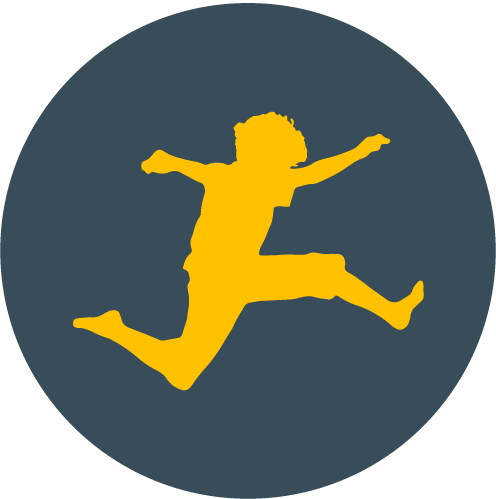
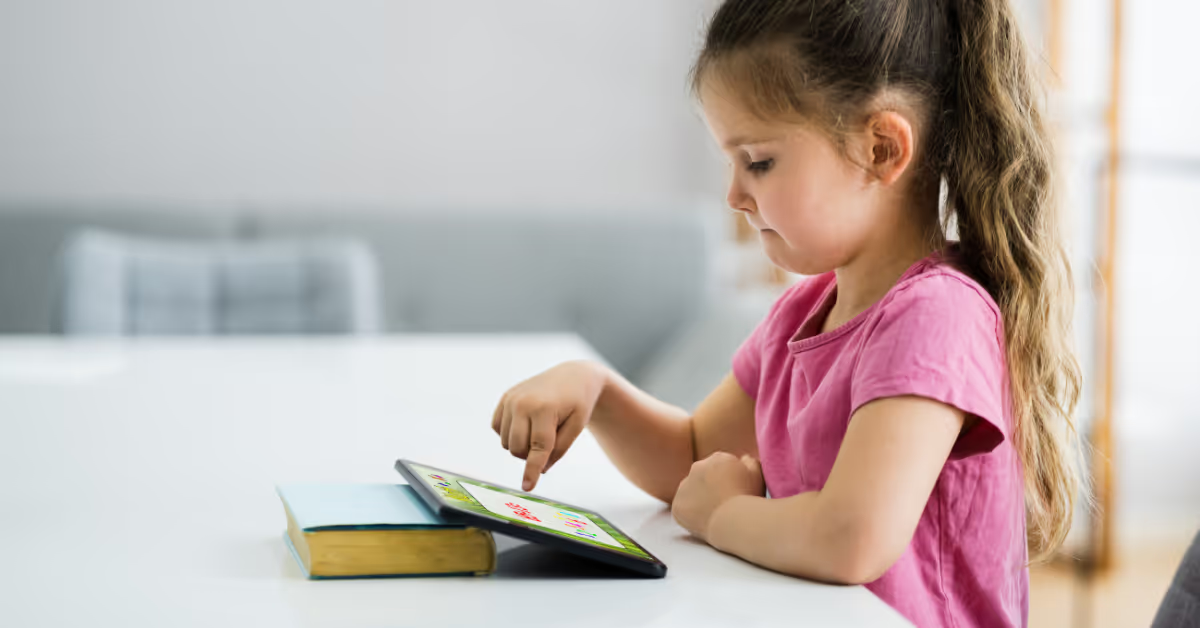
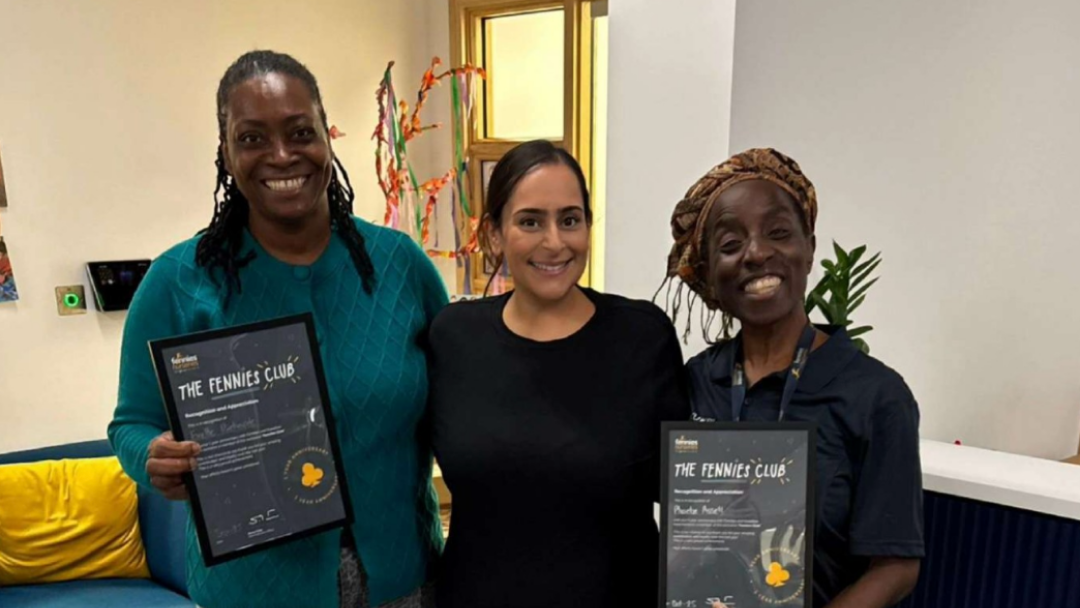
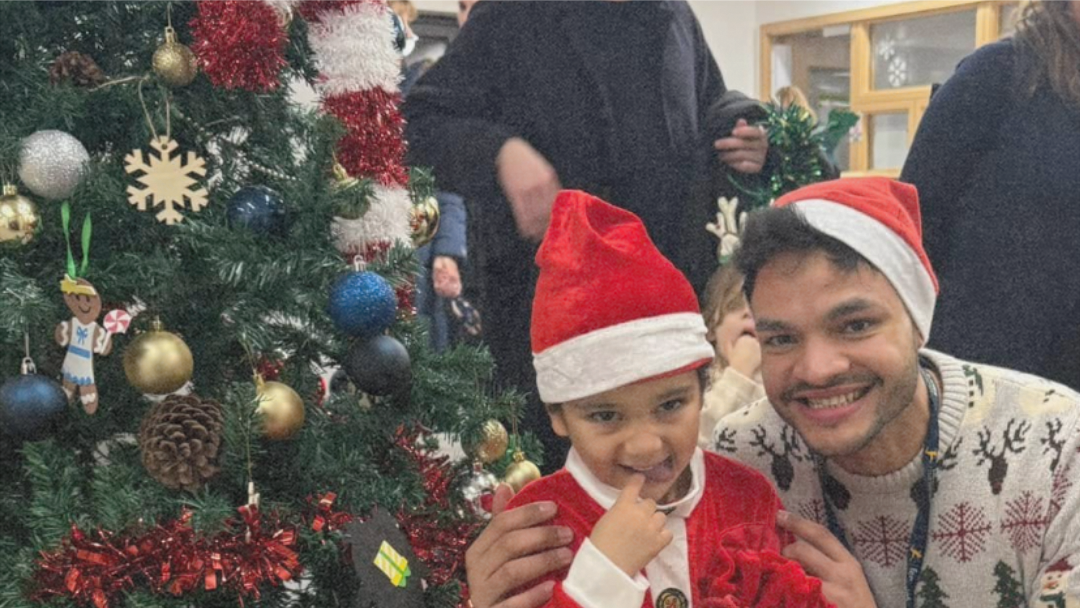
.png)
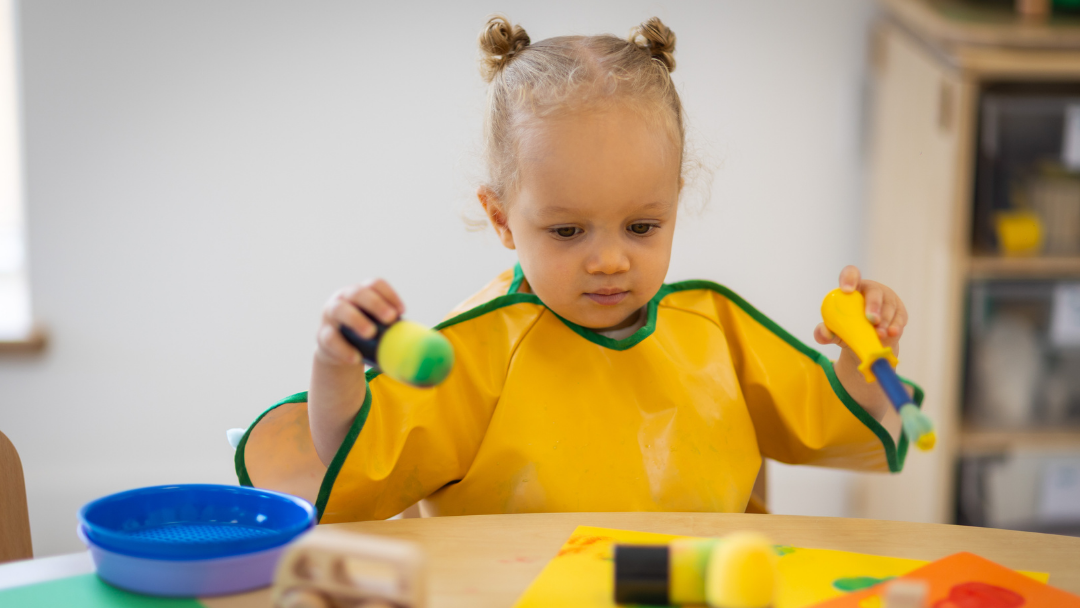


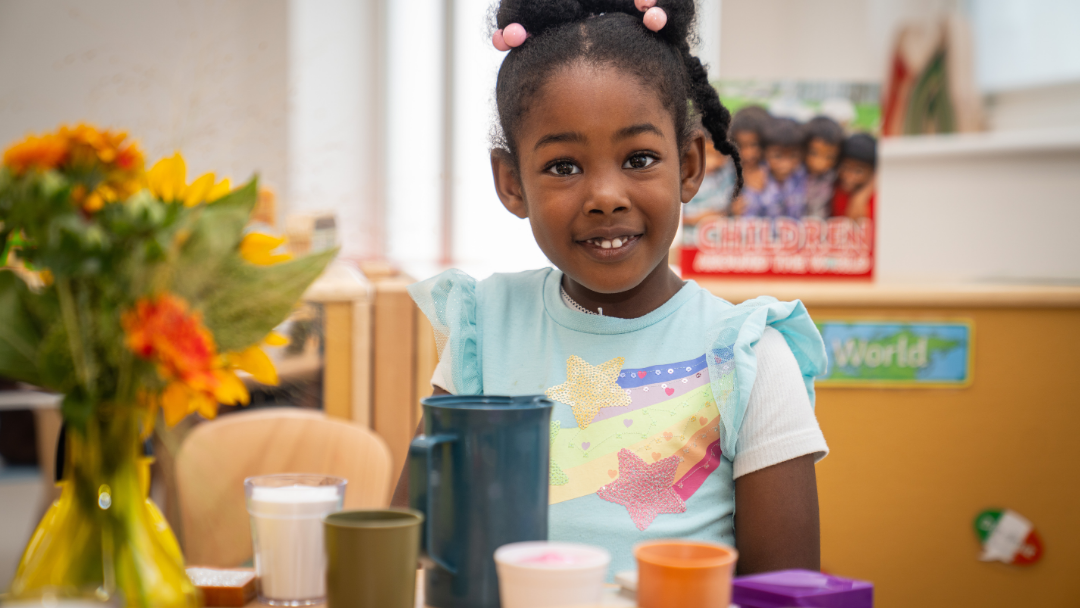
.png)